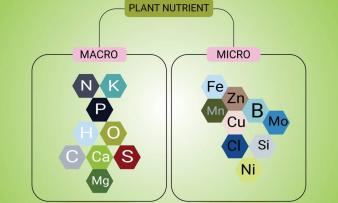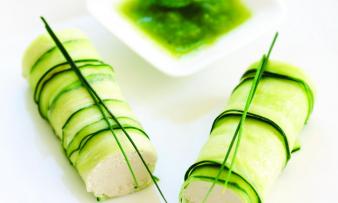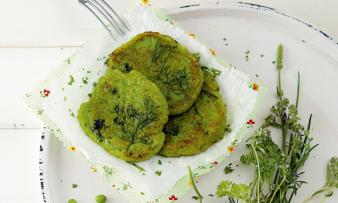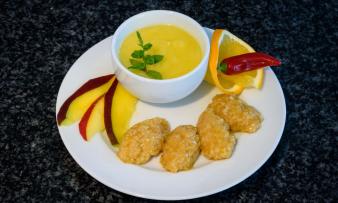Phytochemical profile and biological activity of Juglans...
Phytochemical profile and biological activity of Juglans regia
Author(s): Panth N, Paudel KR, Karki R
J / D / DOI: Journal of integrative medicine / 09-2016 / 10.1016/S2095-4964(16)60274-1
More study details
- Study type (review)
- Study method (in vivo)
Major areas of study (META): A review on Juglans regia focusing on constituents with pharmacological activities, clinical trials and screening of extracts in different animal disease models
Abstract
Juglans regia Linn. (Juglandaceae), popularly known as English or Persian walnut, is a valuable medicinal plant with a potency to cure various diseases in traditional medicine. Since ancient time, different local ethnic groups have used various part of J. regia for a wide array of ailments including helminthiasis, diarrhea, sinusitis, stomach ache, arthritis, asthma, eczema, scrofula, skin disorders, diabetes mellitus, anorexia, thyroid dysfunction, cancer and infectious diseases.
Biological activities of J. regia have been reported in several peer review journals and scientific attention is increasing. The present review attempts to provide comprehensive information on plant description, ethnobotanical use, toxicity, phytochemical profile, pharmacology, clinical studies and current research prospective of the J. regia.
Currently, there is an immense interest on isolation/identification of active constituents from walnut and screening those active compounds for pharmacological activities. In addition, researchers are performing clinical trials as well as screening various solvent extracts or fractions of J. regia in several animal diseases models to identify promising therapeutic benefits. In the present work, we review the latest information based on published scientific investigations of J. regia.
Cite as (Vancouver style)
Panth N, Paudel KR, Karki R. Phytochemical profile and biological activity of Juglans regia. J Integr Med. 2016 Sep;14(5):359-73.
To understand health and ecology, extensive basic knowledge is required. Here you will find fact-based texts and book reviews.
Due to a lack of knowledge, vegetarians, vegans, and raw foodists often eat unhealthily – for years or even decades. This basic knowledge can prevent this.
The China Study clearly lays out how the current Western diet can be improved to prevent lifestyle diseases. We say: Most important book on nutrition and health
Basic information about our diet, list of significant change options based on levels of nutrition.
In "Nutrients comprehensively explained" we state the health benefits AND disadvantages for a conscious choice of food, because we're not selling anything.
Erb Muesli with Rolled Oats is a vegan (lactose-free), raw muesli. It serves as an especially healthy breakfast and is a good “bread replacement.”
These Cucumber Rolls with “Goat’s Cheese” and Mint Sauce hold together surprisingly well. They are ideal as an appetizer or finger food.
Sun-dried chili peppers and parsley give the savory pea pancakes a special flair. We recommend trying the pancakes with curry.
The fiery spiciness of the chili in this sophisticated dessert harmonizes with the fruity sweetness of the orange-oat dumplings and the mango-lemon sauce.
These vegan potato dumplings (pockets) have a spinach and mushroom filling and are made with potatoes that have been cooked in advance.











Comments